Go wild
Your guide to getting closer to nature this month
TV HIGHLIGHT OF THE MONTH
Green and pleasant land
Wild Isles
Coming to BBC One and iPlayer soon

All five episodes of the BBC One Wild Isles series will be available on iPlayer
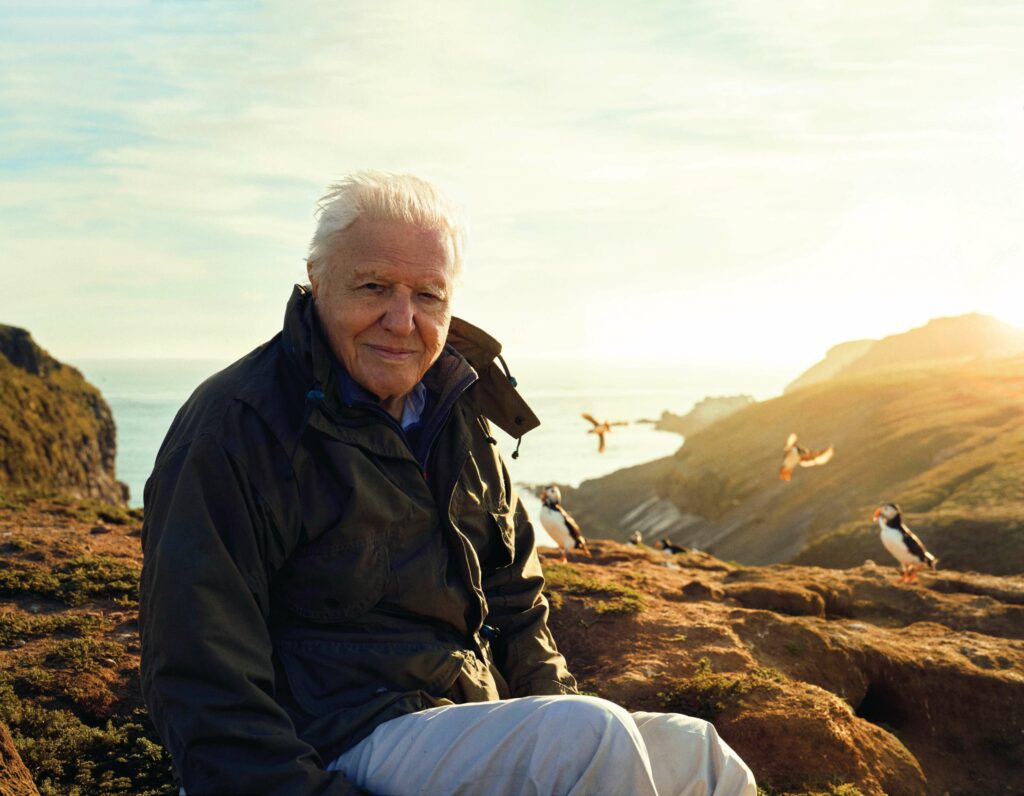
BUDS ARE EMERGING, SAP IS RISING and birds are on the wing. But just as exciting to wildlife-lovers will be the new five-part natural history series coming to BBC One and iPlayer this spring.
Wild Isles celebrates the diverse species and landscapes found on the islands of Britain and Ireland, together with the more than 6,000 lesser islets that make up our archipelago.
Renowned conservationist Sir David Attenborough presents the programme, going on location with the film crew, who took three years to shoot this stunning series. The first episode offers an introduction to British and Irish wildlife and the following four focus on the key habitats: woodland, grassland, marine and freshwater. Expect to see red squirrels in the Scottish Highlands, orcas hunting seals, mayfly hatching on a Wiltshire river and much, much more.
MEET THE PRODUCER
Hilary Jeffkins
We speak to the series producer about working on the new Wild Isles series from BBC One

What challenges did you face?
One of the biggest challenges we all faced was the weather. In the British Isles you can have three different seasons in a single day! When filming abroad you don’t have the choice of returning home, but if it rains on home turf you can. This meant more trips to locations to improve on our footage and we couldn’t resist waiting for sunshine and the perfect light.
Filming macro stories can be a technical challenge. The complicated pollination inside the flower of the lords-and-ladies plant needed a team that could invent solutions. World-class macro cameraman Alastair MacEwen developed special lenses and made tiny windows in the sides of the flowers to see the behaviour and structures inside. Thermal cameras captured glowing images of the flower’s spadix as it heated up to lure in flies. Pinpointing the exact time to film a hot flower was tricky! But it was worth the effort to see the woodland look like it was peppered with tiny candles.
How did you decide on the wildlife stories to feature?
We were spoilt for choice when it came to choosing wildlife stories. At the start of the series, the whole team had a big brainstorm and pitched in ideas for favourite plants, animals and behaviour. We divided the programmes into habitats and for each we needed to find a balance of different types of stories and emotions, from detailed macro to big spectacles. We also looked for new behaviour that hadn’t been filmed before. We like a challenge!
Are there any stories you would have liked to have covered, but couldn’t?
There were some wildlife stories that we didn’t include, but this was mainly because we didn’t have the space for them in the series. The two that I’d like to have filmed are the story of parasitic wasps that inject their eggs into ladybirds and turn them into ‘zombies’, and I have heard reports of huge nurseries of sharks 750m deep in Irish waters. There are so many amazing stories in nature!
What do you want viewers to take away from the series?
I hope that after watching this series our audience will be wowed and excited by the wildlife and spectacular places in Britain and Ireland, but also that they get a strong sense of how fragmented and fragile they are. I’d like them to feel proud and protective about the wildlife on their doorsteps and have a sense of hope for the future.
STREAMING HIGHLIGHT
The Magical World of Moss
Catch up on BBC iPlayer
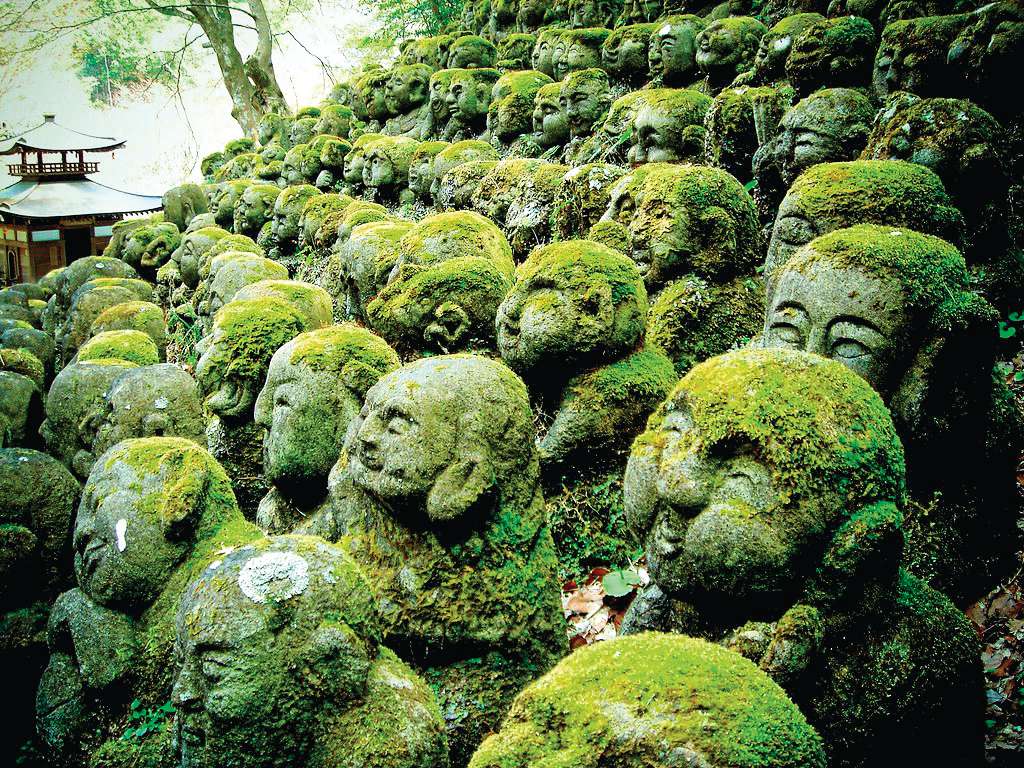
Delve into the tiny and often overlooked world of mosses in this hour-long documentary available on BBC iPlayer. We’re whisked around the world to meet different mosses in a variety of habitats, from cared-for mosses in Japan, to those adapted to living in the harsh environments of Iceland’s volanic highlands and even in the freezing landscapes of Antarctica. The programme also includes fascinating interviews with a number of scientists who explain the wonders of mosses.
CHILDREN’S BOOK OF THE MONTH
Amazing Animal Journeys
By Philippa Forrester, illustrated by Tim Smart, DK, £20
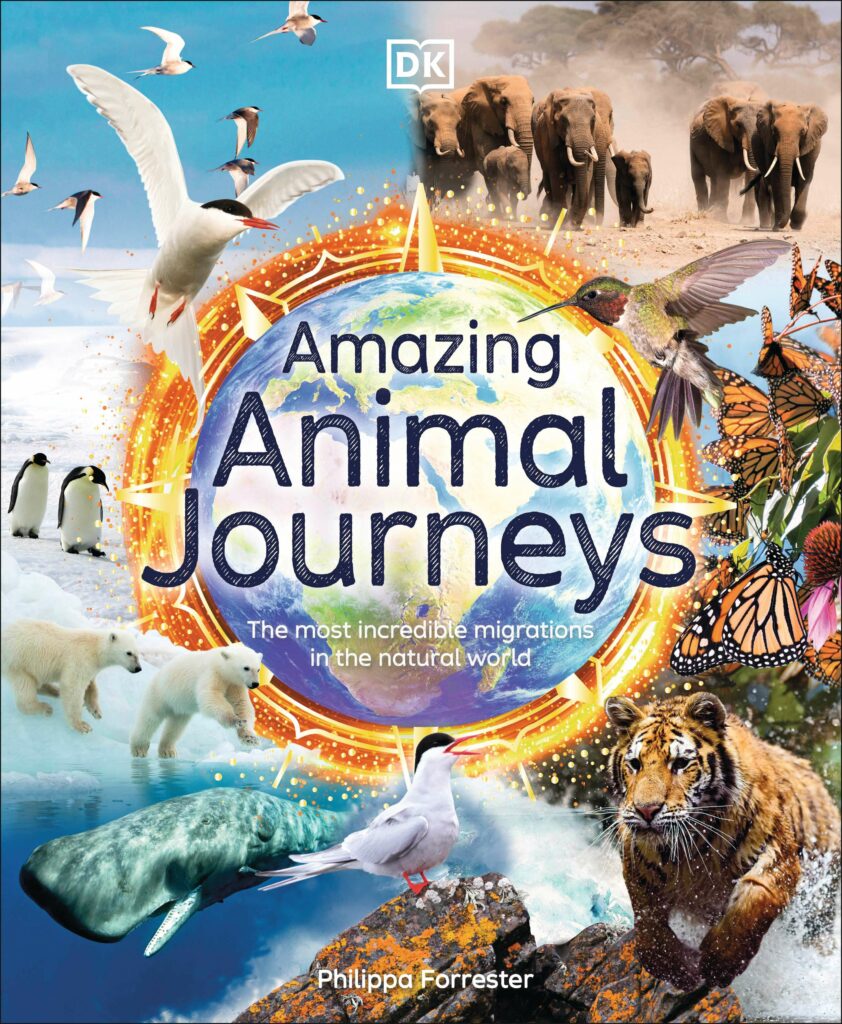
WITH A ROUND TRIP COVERING some 35,000km, the Arctic tern is a record-breaker. Its Arctic-to-Antarctica-and-back-again annual trip is the longest migration in the world.
But, as Philippa Forrester explores in this beautifully illustrated, epic voyage through the world’s most extraordinary travels, this is just the tip of the iceberg when it comes to amazing animal journeys.
Crammed into a generous 176 pages are incredible facts and figures to fascinate children of pretty much any age. Maps show the sheer scale of migrations, with the reasons that drive such adventures explored in bite-sized chunks. Annotated illustrations explain the adaptations that enable such vast movements of birds, mammals, fish, reptiles, insects and even plants.
Among the remarkable journeys, a few stand out: zooplankton’s daily trip from the ocean depths to the surface is one of nature’s mightiest migrations; while the aptly named globe skimmer dragonfly can fly non-stop between India and Africa. Now that’s a lot of wing flaps.
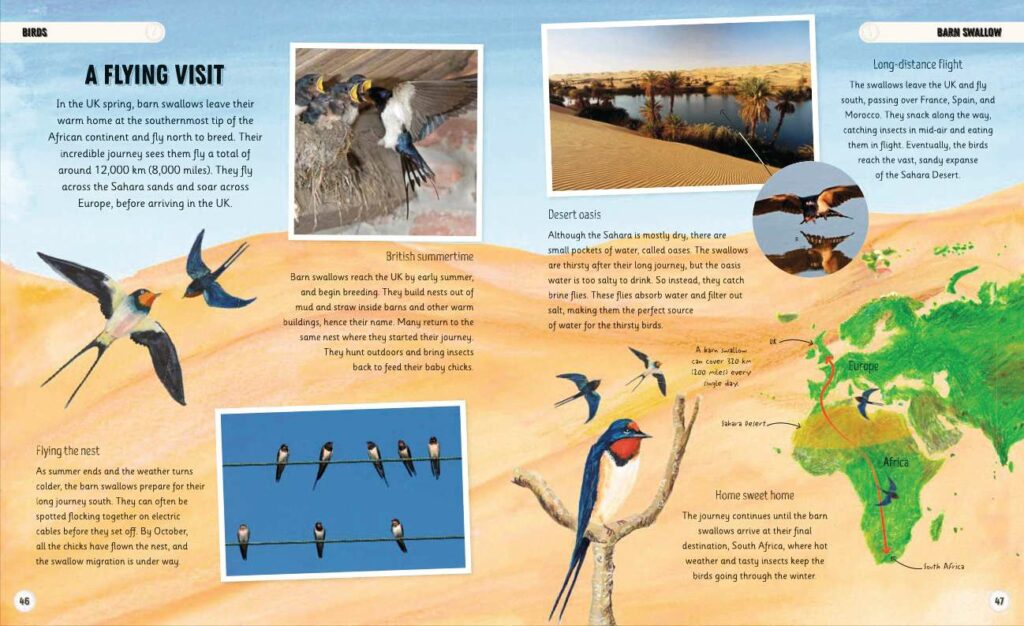
BOOKS ROUND UP
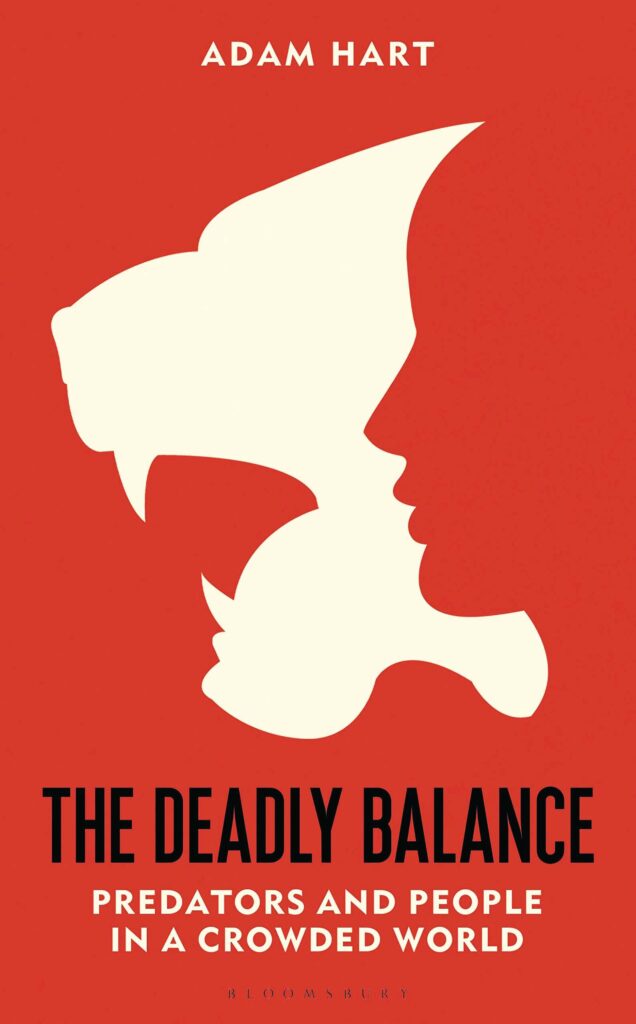
The Deadly Balance
By Adam Hart, Bloomsbury, £17.99
In the modern, crowded world, many people have to live alongside deadly predators. Biologist Adam Hart examines this relationship, debunking myths and exploring the science behind encounters with animals such as lions, snakes and wolves, reaching for an answer to the question of how we can both conserve them and live safely.
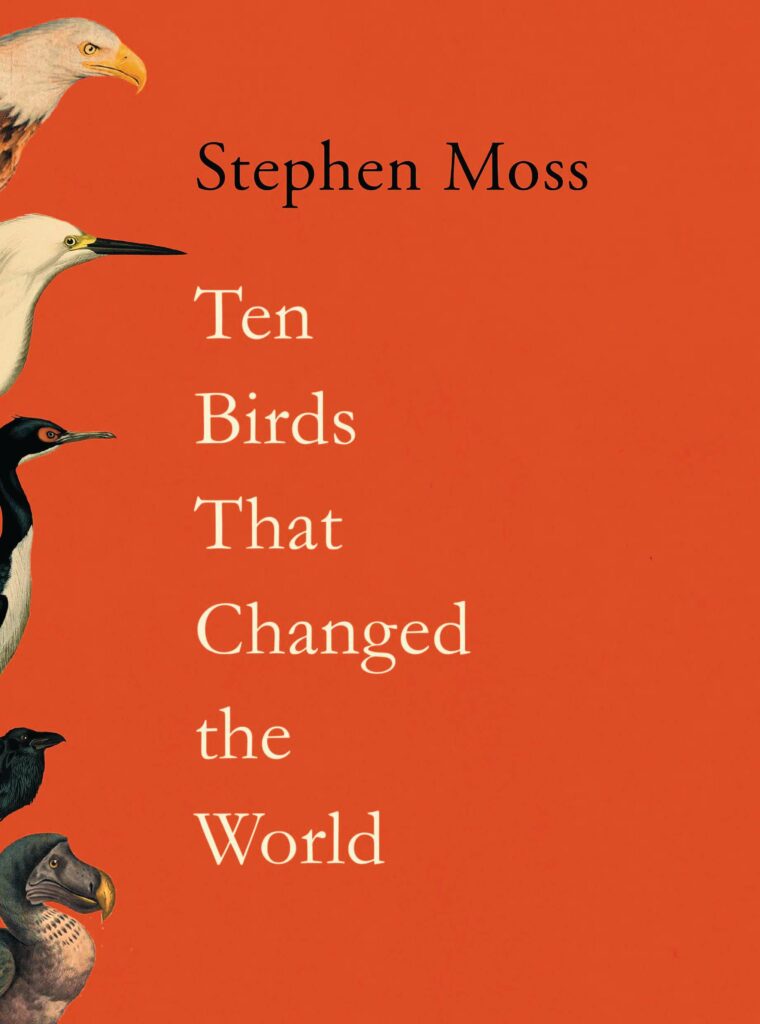
Ten Birds That Changed the World
By Stephen Moss, Guardian Faber, £16.99
From respected naturalist and author Stephen Moss comes this new hardback that tells the story of how birds and humans have always been interlinked. Ten key species are chosen to shine a light on how birds have been domesticated, mythologised, exploited and formed the inspiration for our arts.
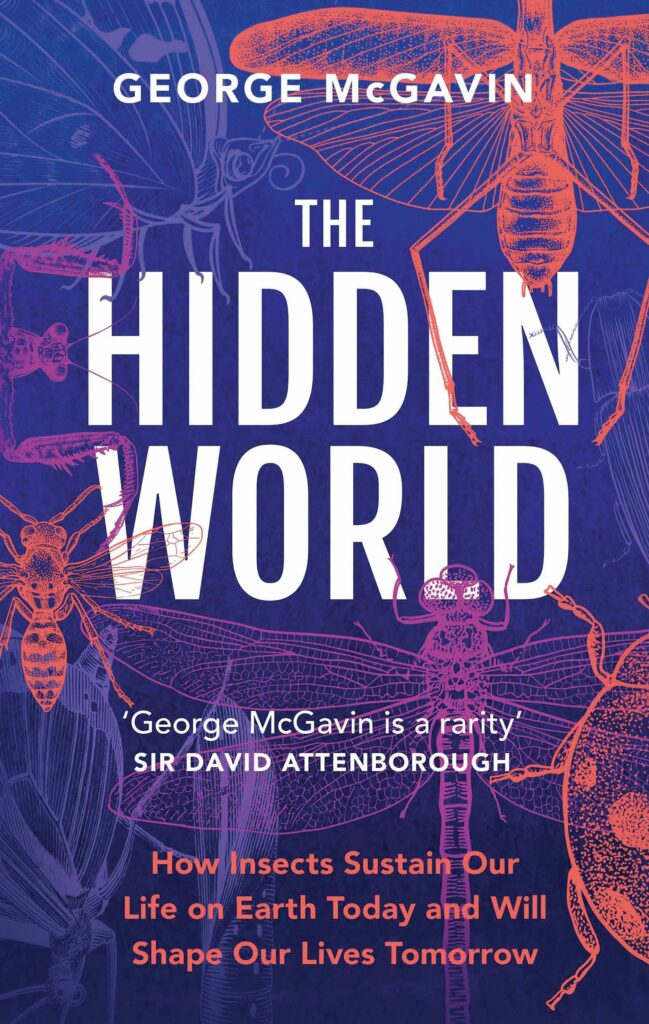
The Hidden World
By George McGavin, Welbeck, £14.99
Insects have long been underrated and entomologist and broadcaster George McGavin is determined to change that. His book reveals the fascinating complexity of how these tiny creatures, which outnumber us in the billions, are essential to the natural processes that keep us alive and could be the key to our future survival on this planet.
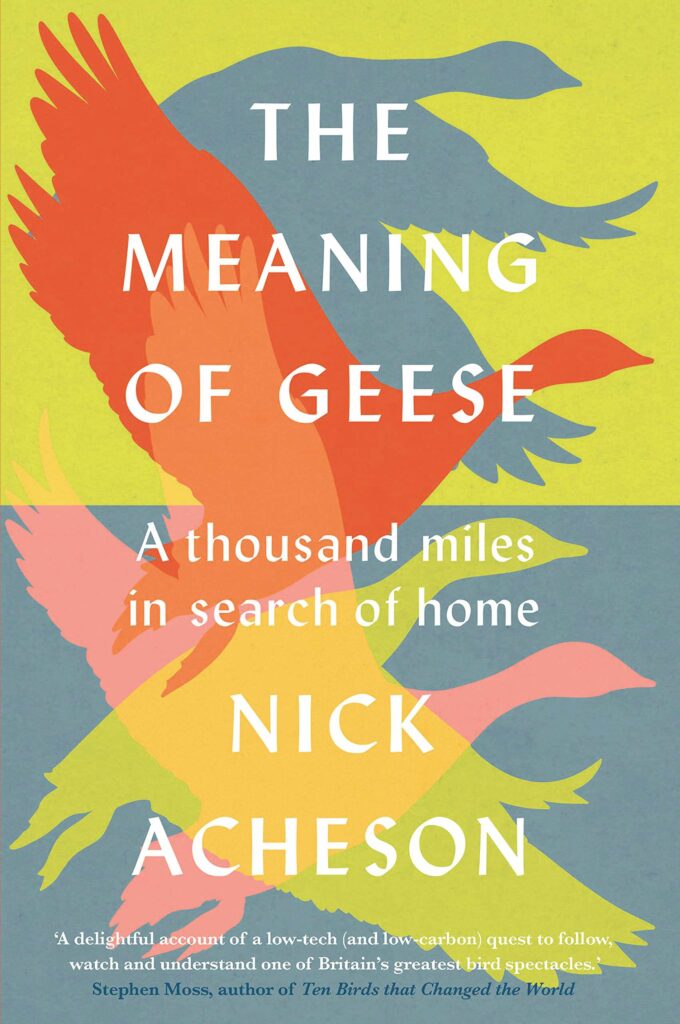
The Meaning of Geese
By Nick Acheson, Chelsea Green, £20
On his old red bicycle, naturalist Nick Acheson follows flocks of wild geese around his beloved North Norfolk. He charts the dramatic arrival of ‘pinkfeets’ and brent geese in their thousands and describes rarer encounters with Russian white-fronts and the greybellied brant, reflecting on their uncertain future.
ID GUIDE
Beautiful bumbles
The arrival of spring means the return of our beloved bumblebees. Here are the distinctive queens from three species to look out for. For more ID guides, visit our website: discoverwildlife.com/identify-wildlife
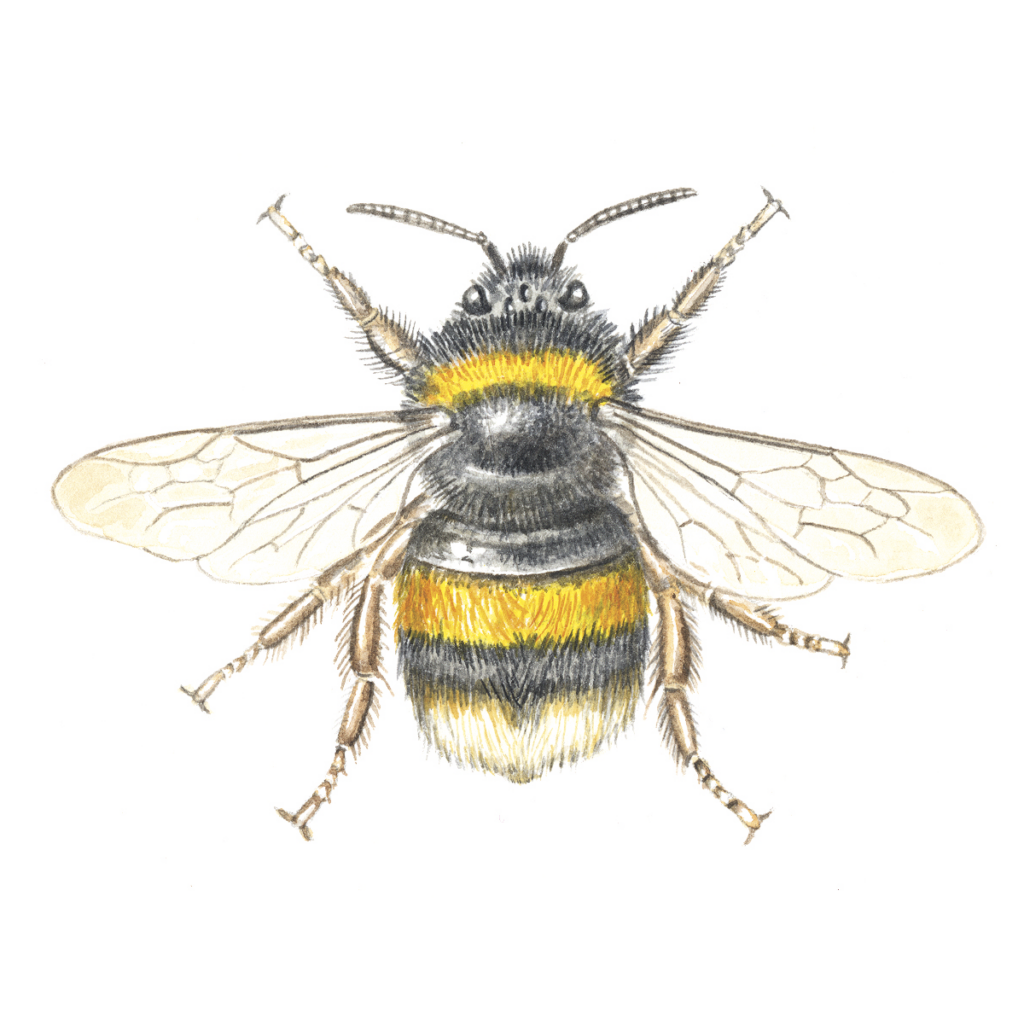
BUFF-TAILED BUMBLEBEE
A bumblebee queen with black and yellow stripes over its thorax and abdomen, and a buff-coloured tailed.

WHITE-TAILED BUMBLEBEE
Similar to the buff-tailed bumblebee, but as the name suggests, this queen has a white tail instead.

TREE BUMBLEBEE
Often nests in bird nestboxes and has a ginger thorax, plus a black abdomen with a white tail.
STREAMING HIGHLIGHT
Secrets of the Jurassic Dinosaurs

Catch up on BBC iPlayer
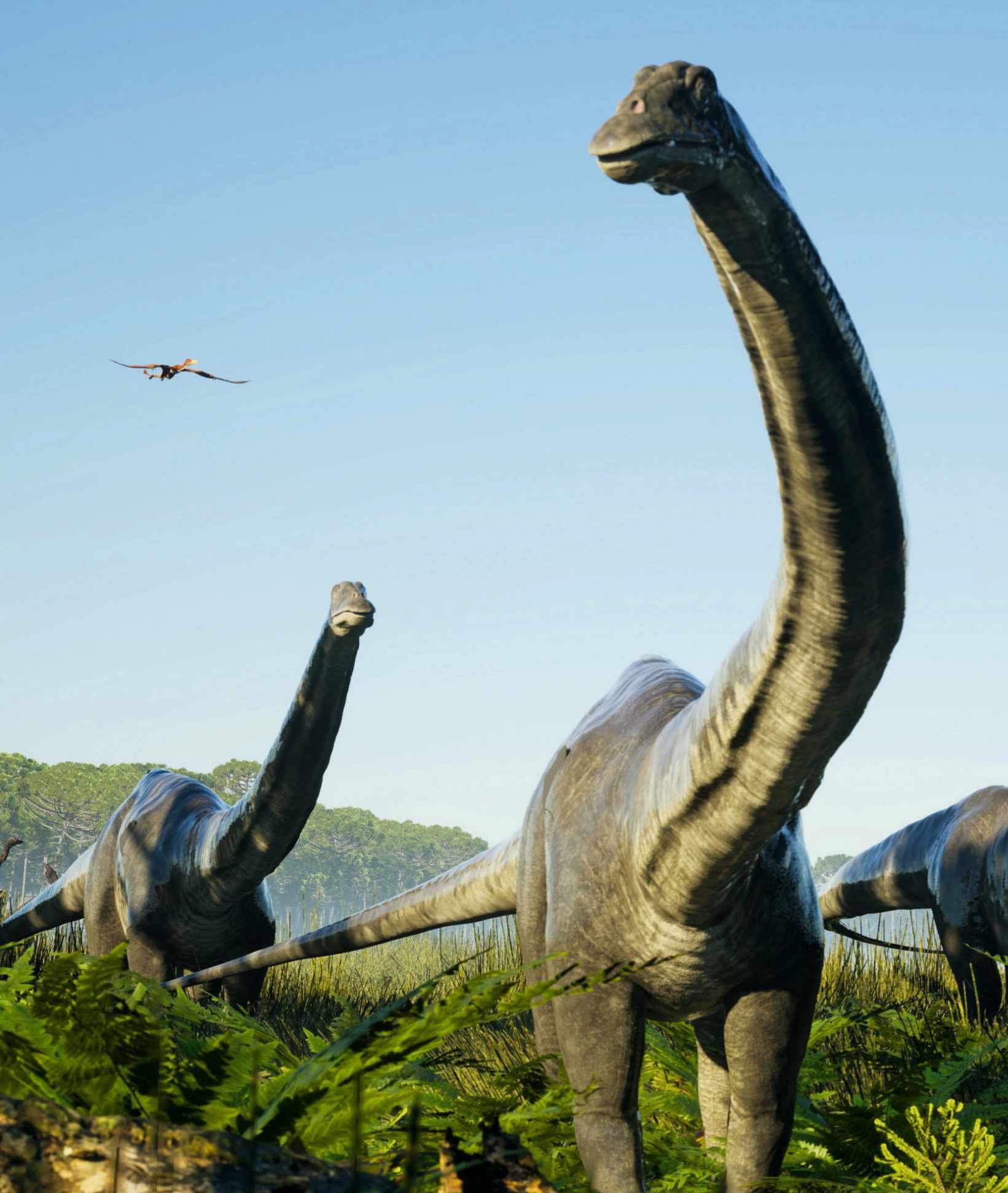
BIOLOGIST AND NATURAL HISTORY presenter Liz Bonnin takes us on a journey into prehistoric Wyoming, in western USA, in this two-part series for BBC Two. “In these weatherbeaten badlands, an ancient secret is hidden,” she says in the introduction. Nicknamed the Jurassic Mile, this special location holds an extraordinary number of dinosaur fossils.
A global team of paleontologists, including scientists from Naturalis Biodiversity Center in the Netherlands, The Children’s Museum of Indianapolis and the Natural History Museum, London, have spent the last few years uncovering these fossils – and Bonnin gets stuck in to help. The tally so far for this site totals over 3,000 fossils, of dinosaurs, non-dinosaur marine reptiles called ichthyosaurs and a range of plants, such as horsetails.
These fossils give an insight into what the dinosaurs ate, how they moved and behaved, the environment in which they lived, and what caused the fifth mass extinction and killed them.
Even if you are not the biggest fan of dinosaurs, the enthusiasm of Bonnin and the scientists she speaks to is infectious. Shouts go up when a digger reveals the edge of a fossilised limb bone, likely from a sauropod dinosaur, and Bonnin gasps in delight as a brush wipes away some of the dirt, exclaiming “It’s absolutely beautiful!”
MEET THE VOLUNTEER
“The centre receives up to 3,000 bats each year”
Vet Anastasiia Dmytrivna Domanska rehabilitates bats in the Ukranian city of Kharkiv

On top of her day job as a vet in Kharkiv, Anastasiia Dmytrivna Domanska gives up her evenings volunteering for the Ukrainian Bat Rehabilitation Center (UBRC), treating sick and traumatised bats.
What does your volunteering involve?
The bats that people bring into the rehabilitation centre are often suffering from infections, malnutirition and parasites. I examine them and treat them, offering life-long rehabilitation when necessary. My work includes treating everything, from bats giving birth to tooth decay!
UBRC receives up to 3,000 bats each year from all over the country. If they arrive during the winter (when bats are hibernating), we cannot release them back into the wild, so we need to feed those weak and sick individuals. Sometimes we have up to 300 bats to feed each day!
Why do the bats need help?
All the 13 bat species I work with are listed in the Ukranian Red Book and they are also often the victims of human cruelty, due to fear and superstition. These creatures are unique and beautiful; I cannot allow them to suffer pain and I don’t want them to disappear from the face of the earth.
Can you tell us what a typical day looks like for you?
I work 9am to 9pm, four days a week in my veterinary clinic, so all my voluntary bat rehabilitation work takes place after that, in the evening. Luckily these hours suit their nocturnal habits! The bats that need everyday treatment live in my home and for about two months in winter, I only get three to four hours sleep a day.
What does the future hold?
At the moment, I am working on an article about bat cancer, and I would also like to develop the possibilities of surgery on bat wings and study the peculiarities of digestion among different species of bat in captivity.
Best part of the job?
Every time a bat that has come in half dead takes off into the wild. Over five years, we’ve treated 300 animals, two-thirds of which wouldn’t have survived without medical care. I consider that a good result.
5 things we love
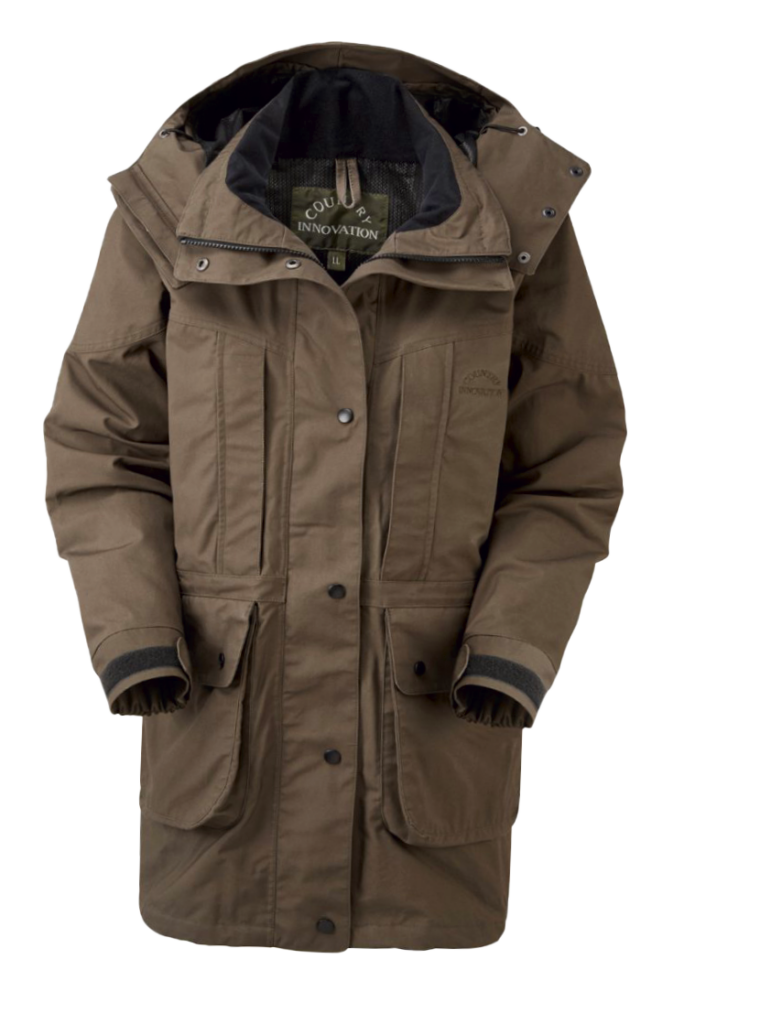
1. Lady Woodlark Jacket, £295, countryinnovation.com

2. Wild Flower Wall Art, £35, emberedgecreative.co.uk
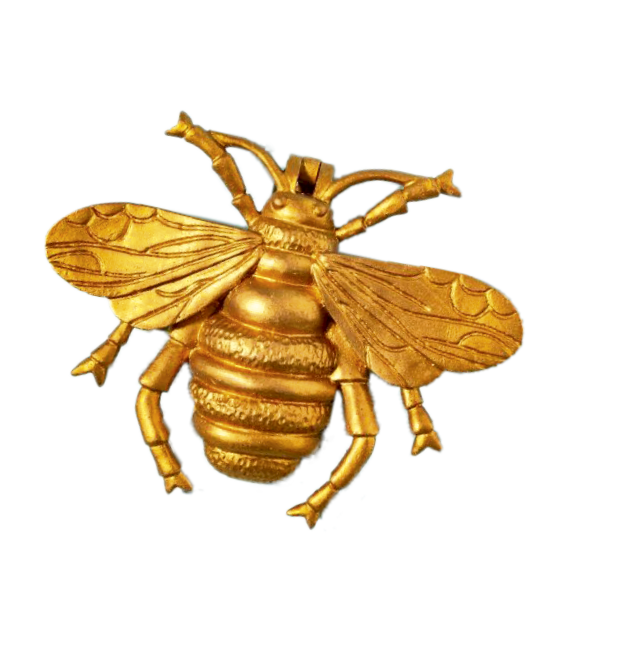
3. Gold Bee Door Knocker, £15, shop.nationaltrust.org.uk
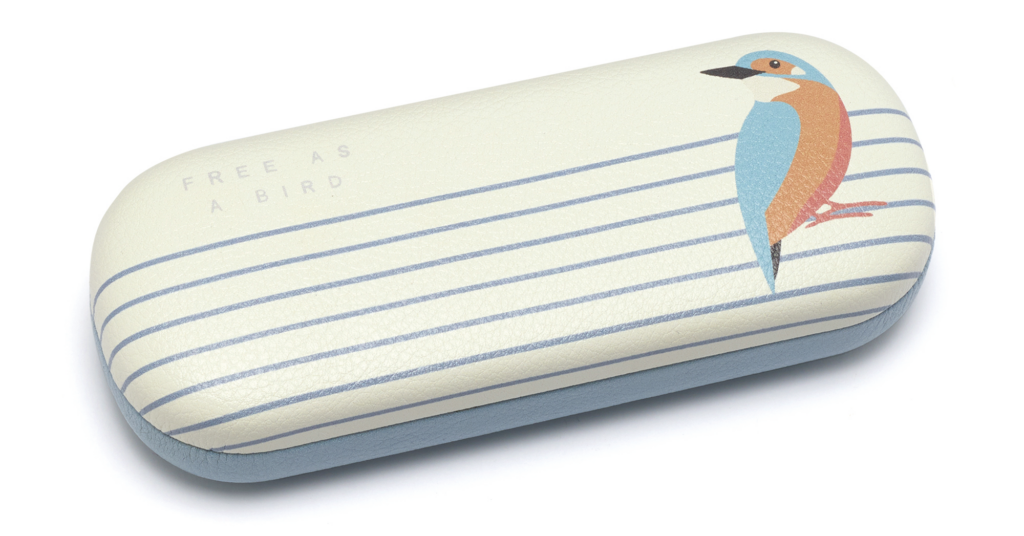
4. Kingfisher glasses case, £10, shopping.rspb.org.uk

5. Woodland Magic 1,000 piece jigsaw puzzle, £18.99, elenaessex.com